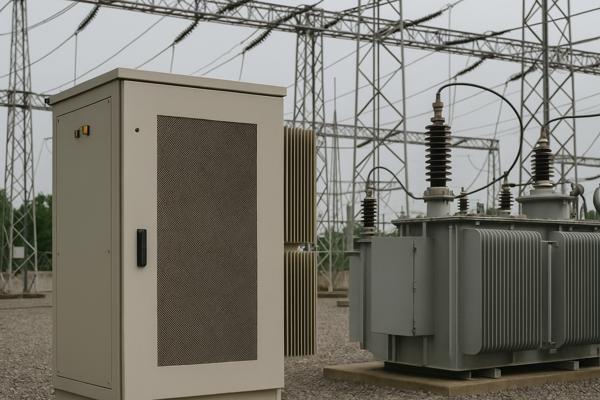The industrial landscape is rapidly evolving, but with this process, challenges like the rise of industrial energy demand also arise. Manufacturing giants in chemicals, metallurgy, automotive, and battery production face mounting pressure from the rising costs of energy, especially regarding electrification and automation.
These sectors and other energy-intensive industries need a stable and efficient power distribution within their facilities. Luckily, modern power rectifiers are emerging as strategic assetsfor stabilising internal grids, optimising energy usage, and avoiding costly downtime.

In fact, when power fluctuations occur, the consequences ripple through entire operations: unscheduled downtime disrupts production schedules, equipment degradation accelerates replacement cycles, and maintenance costs spiral upward alongside energy expenses. These disruptions translate directly into lost revenue and competitive disadvantage.
Modern power rectifiers are emerging as strategic solutions to these challenges because, unlike traditional conversion systems, these next-generation digitally controlled rectifiers do more than simply convert AC to DC power: they actively regulate voltage and current flows, maintaining power quality standards while preventing dangerous load imbalances that can cripple industrial operations.
The technology becomes particularly valuable infacilities that integrate renewable energy sources because solar and wind power introduce variability that can further destabilise internal grids. Advanced rectifiers smooth these fluctuations, ensuring consistent power delivery regardless of external supply conditions.
Benefits for Internal Grid Management and Facility Resilience
Installing sophisticated rectifiers for grid stability delivers measurable improvements across multiple operational metrics. Power factor correction reduces utility penalties while minimising harmonic distortion that damages sensitive equipment. And during peak demand periods, when industrial loads surge beyond normal parameters, modern rectifiers maintain grid stability through intelligent load management.
Protection of sensitive industrial equipment is also a positive result, a solution to premature failure caused by voltage spikes and frequency variations. In addition, real-time power flow optimisation automatically adjusts to changing conditions, eliminating energy waste while maximising overall facility efficiency.
Innovative companies like FRIEM have built reputations designing rectifier systems specifically for high-consumption industrial environments. Their custom energy solutions integrate seamlessly with existing infrastructure, delivering tailored performance for unique operational requirements without requiring complete and expensive system overhauls.
Strategic Value for Executives and Financial Stakeholders
Forward-thinking executives recognise that power rectifiers represent more than technical upgrades, but they also offer tangible ROI and strategic resilience, particularly important in today’s volatile energy landscape. Through this technology, reduced operational expenses and enhanced energy securitycombine with the benefit of independence from external supply disruptions.
Advanced rectifiers also support sustainability initiatives and Environmental, Social and Governance goals (ESG) by optimising energy consumption and reducing carbon footprints: companiescan meet regulatory requirements while, at the same time, enhancing stakeholder confidence. Lastly, digital integration capabilities enable smarter facility management through comprehensive energy monitoring platforms.
Conclusion
Industrial modernisation demands a reliable internal power infrastructure. In this context, power rectifiers provide afoundation, ensuring operations continue smoothly regardless of external energy market conditions.
For energy-intensive businesses, especially those where every megawatt –and every minute–counts, power rectifiers and power conversion are direct investments in uptime, performance, and sustained competitiveness.




